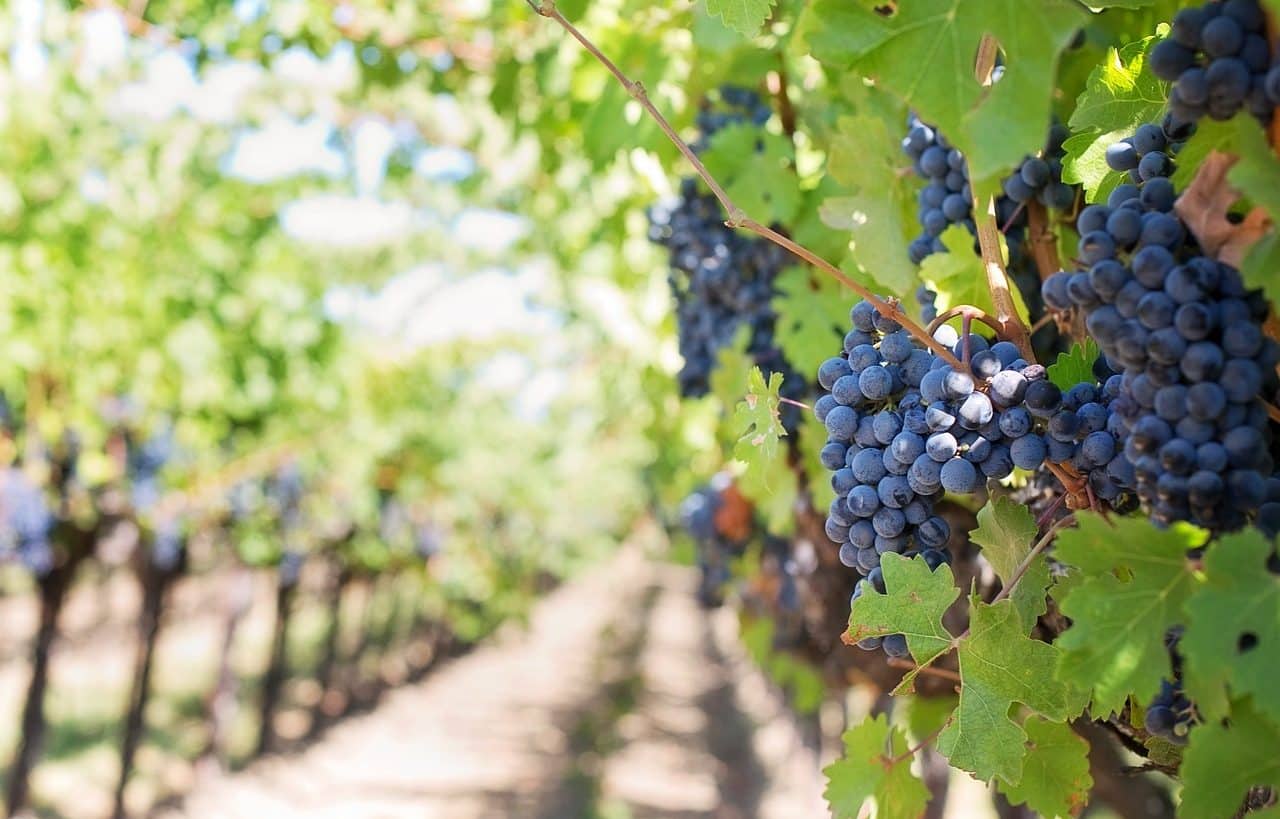
Viticulture is the set of procedures and techniques carried out for the cultivation of vines and the production of wine.
Viticulture is the set of techniques and procedures carried out for the cultivation of vines and the production of wine . It should be remembered that the vine is the plant that has the grape as its fruit, while wine is the alcoholic beverage obtained from the fermentation of the grape.
Also called viticulture , viticulture is often considered a science or art . Its activities range from the cultivation and propagation of the vine to the production, storage and marketing of wine, including the harvesting of grapes .
The vine can be grown by cuttings , grafts , layering or seeds . The success of the crop depends on multiple factors: climatic conditions, irrigation , disease and pest control, etc. Plants, on the other hand, must be fertilized with potassium, phosphoric acid and magnesium, among other elements.
Characteristics of viticulture
It is important to note that, although viticulture is usually associated with wine, the vines also allow us to obtain fresh grapes for direct consumption, the production of dried grapes (or raisins) and the production of grape juice. In any case, more than half of international grape production is destined for wine production. When the knowledge and tasks focus exclusively on the production of this drink , we can speak of oenology . Someone who dedicates themselves to tasting wines, on the other hand, is called a sommelier .
Among the countries with the most developed viticulture are Argentina , Chile , the United States , Australia , Spain , France , Portugal , Germany and Italy .

Viticulture is highly developed in countries such as Argentina, Chile and the United States.
Home production
Although not all of us have the resources to make wine in our homes, even today there is still a clear distinction between traditional production , which we can also call homemade since it is used for private consumption, and purely industrial production. Below is a brief description of each of the fundamental steps in the production of white wine:
- Harvest : since it is only possible to obtain a good wine from good grapes, this first selection step is the fundamental one. We must leave aside the rotten or damaged clusters and collect only the healthy ones.
- Transportation to the warehouse and unloading : throughout this process it is very important to protect the bunches from falls and knocks. The grapes must be unloaded onto the reception hopper, and then taken to the destemmer or crusher.
- Destemming : viticulture contemplates this step, which consists of removing the stem, for the production of white wine. It is worth mentioning that there are several different techniques, and that some do it after crushing.
- Crushing : at this point the grains are broken to extract the wort, trying not to press them too much, since if the seeds are broken the flavor can be negatively affected.
- Pressing : the resulting paste is pressed and the wort is pumped to the fermentation tanks, avoiding excess pressure.
- Racking : the wort is left to rest for a few hours so that gravity takes the solid particles to the bottom.
- Fermentation : this is the most delicate point in viticulture, since here the sugars are converted into alcohol and for this the yeasts must act, both those that are naturally in the grapes and those added artificially. It is important to control the density of the wort at all times and prevent the temperature from rising too high.
- Racking : the wine is transferred from one tank to another, two or three times, to discard the remaining solid particles.
- Clarification : chemical substances are added capable of removing remains that have not been eliminated by the previous step.
- Filtering : the last attempt to obtain an absolutely clean wine.
- Bottling : for the success of viticulture, distribution is necessary, which is why this step is essential.
